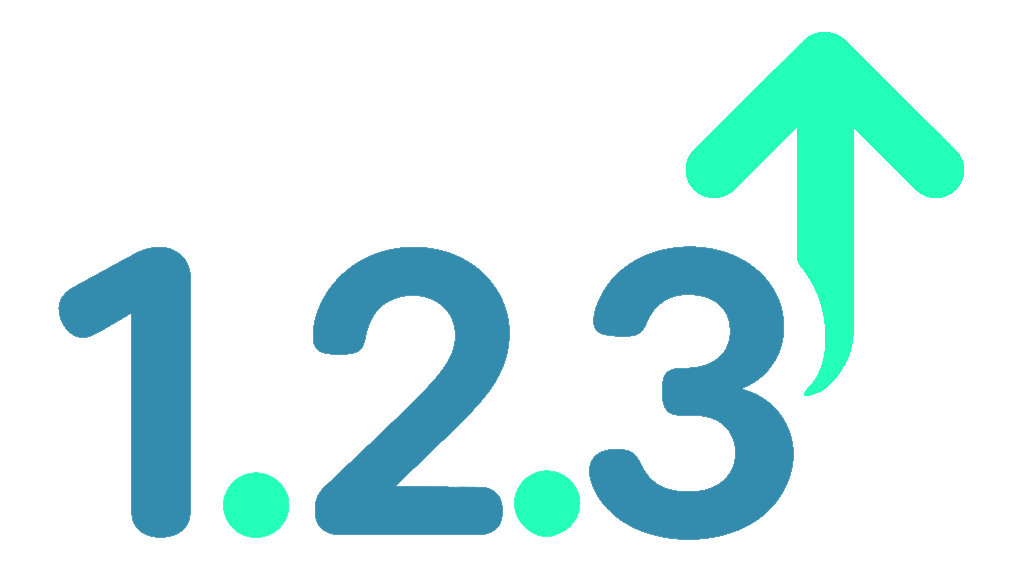Versioning¶
Default Rules¶
By default, bumpwright maps API changes to version levels.
See configuration for how to adjust these mappings.
API change |
Default bump |
|---|---|
|
|
|
|
|
|
|
|
|
|
|
|
|
|
|
|
|
Custom Rules¶
Some analyser checks expose configuration switches under [rules].
Rule |
Default bump |
|
|---|---|---|
|
|
|
|
|
Example override:
[rules]
return_type_change = "major"
param_annotation_change = "minor"
Summary¶
bumpwright supports Semantic Versioning (SemVer) and
Calendar Versioning (CalVer). Select a scheme via [version].scheme
(Version); SemVer is the default. CalVer encodes the release
date as YYYY.MM.PATCH.
Note
Release bumps clear prerelease and local/build metadata.
SemVer vs CalVer¶
Format: MAJOR.MINOR.PATCH
major:
1.2.3→2.0.0minor:
1.2.3→1.3.0patch:
1.2.3→1.2.4
Format: YYYY.MM.PATCH
major:
2023.8.3→2024.1.0minor:
2023.8.3→2023.9.0patch:
2023.8.3→2023.8.4
CLI¶
Decide the next version (decide):
$ bumpwright decide --format md
bumpwright suggests: patch
$ bumpwright --config calver.toml decide --format md
bumpwright suggests: patch
Apply a bump (bump):
$ bumpwright bump --dry-run --format md
New version: 1.3.0
$ bumpwright --config calver.toml bump --dry-run --format md
New version: 2023.9.0
Glossary¶
- prerelease
labels like
-rc.1marking early releases.- local/build
metadata after
+used for build tracking.
See concepts/configuration and glossary for details.
 bumpwright
bumpwright